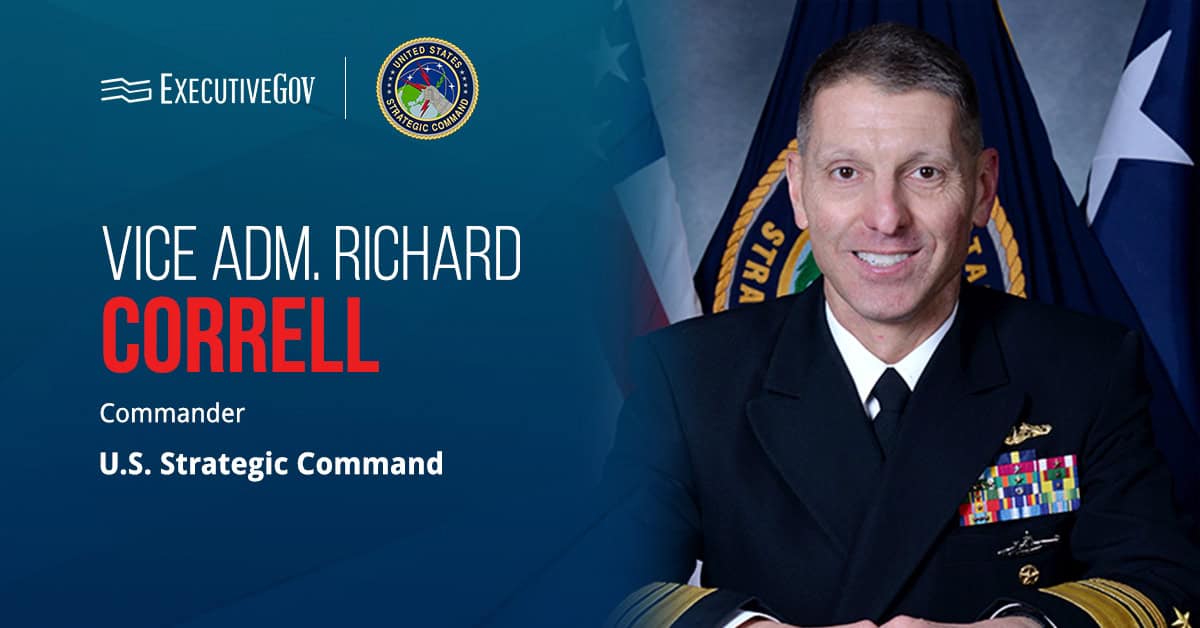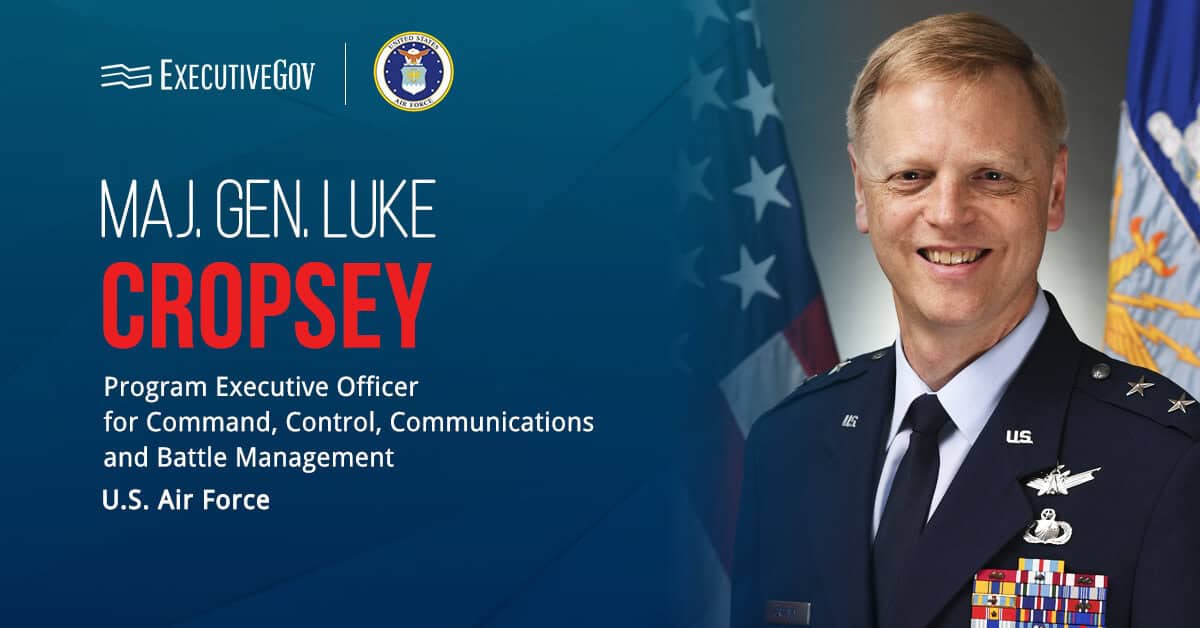The Senate confirmed Vice Adm. Richard Correll’s nomination as commander of the U.S. Strategic Command during a voice vote Thursday, according to congressional records.
Correll succeeds Air Force Gen. Anthony Cotton, who has led the combatant command since 2022.
Table of Contents
Who Is STRATCOM’s New Commander?
Correll joined STRATCOM as director of plans and policy and then later became its deputy commander, a role he has held for three years.
An experienced submariner, Correll has commanded USS Topeka, Submarine Squadron 11 and Submarine Group 7. He has also deployed aboard the USS Henry M. Jackson, USS Hyman G. Rickover and USS Buffalo.
His staff assignments include director of strategic integration within the Office of the Chief of Naval Operations and as military assistant for the under secretary of defense for policy and the deputy under secretary of defense for strategy plans and forces.
What Are Richard Correll’s Priorities as STRATCOM Commander?
STRATCOM is responsible for missile threat assessment, nuclear operations, and nuclear command, control and communications. The command oversaw Operation Midnight Hammer in June, which included long-range B-2 stealth bomber strikes on Iran’s nuclear facilities. Stratcom units have also been conducting B-52 flights near Latin America, according to DefenseScoop.
During his confirmation hearing, Correll echoed his predecessor’s assessment that the command needs more B-21 bombers.
“I agree with Gen. Cotton’s assessment, and I believe he’s been on the record saying between 140 and 150 B-21s,” he told lawmakers. He also added that the B-52 life-extension program is essential to deterrence, Air and Space Forces Magazine reported.
In his written statement, he also highlighted the need to build the nation’s electronic warfare capabilities
“As demonstrated in recent exercises, deficiencies continue to be repeated, which range from the lack of the availability of high-end training equipment to the infrequency of training opportunities across the force,” he explained. “Training deficiencies, coupled with shortcomings in blue force capabilities, contribute to the force’s inability to maintain previous [electro-magnetic spectrum] advantages.”





